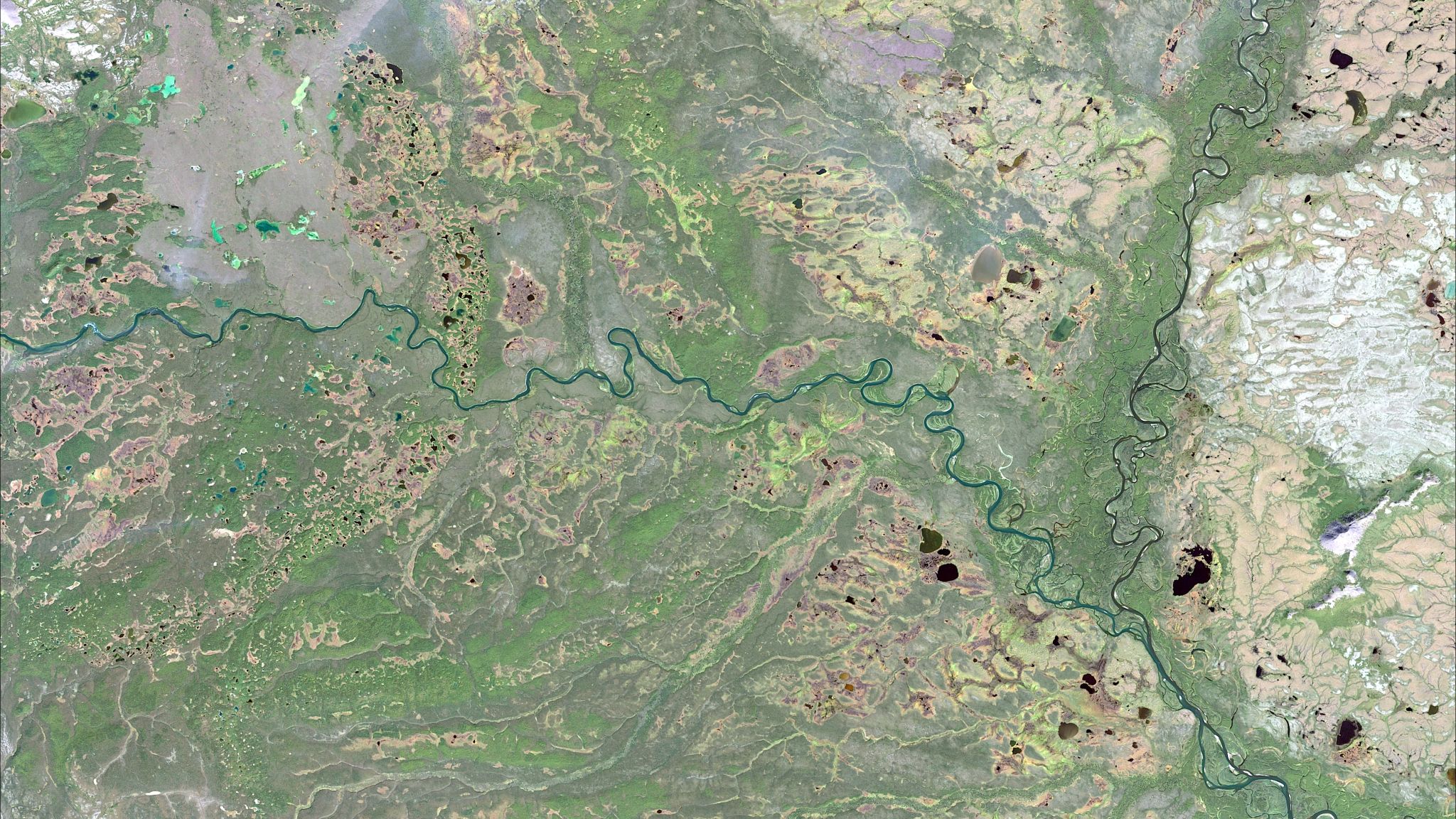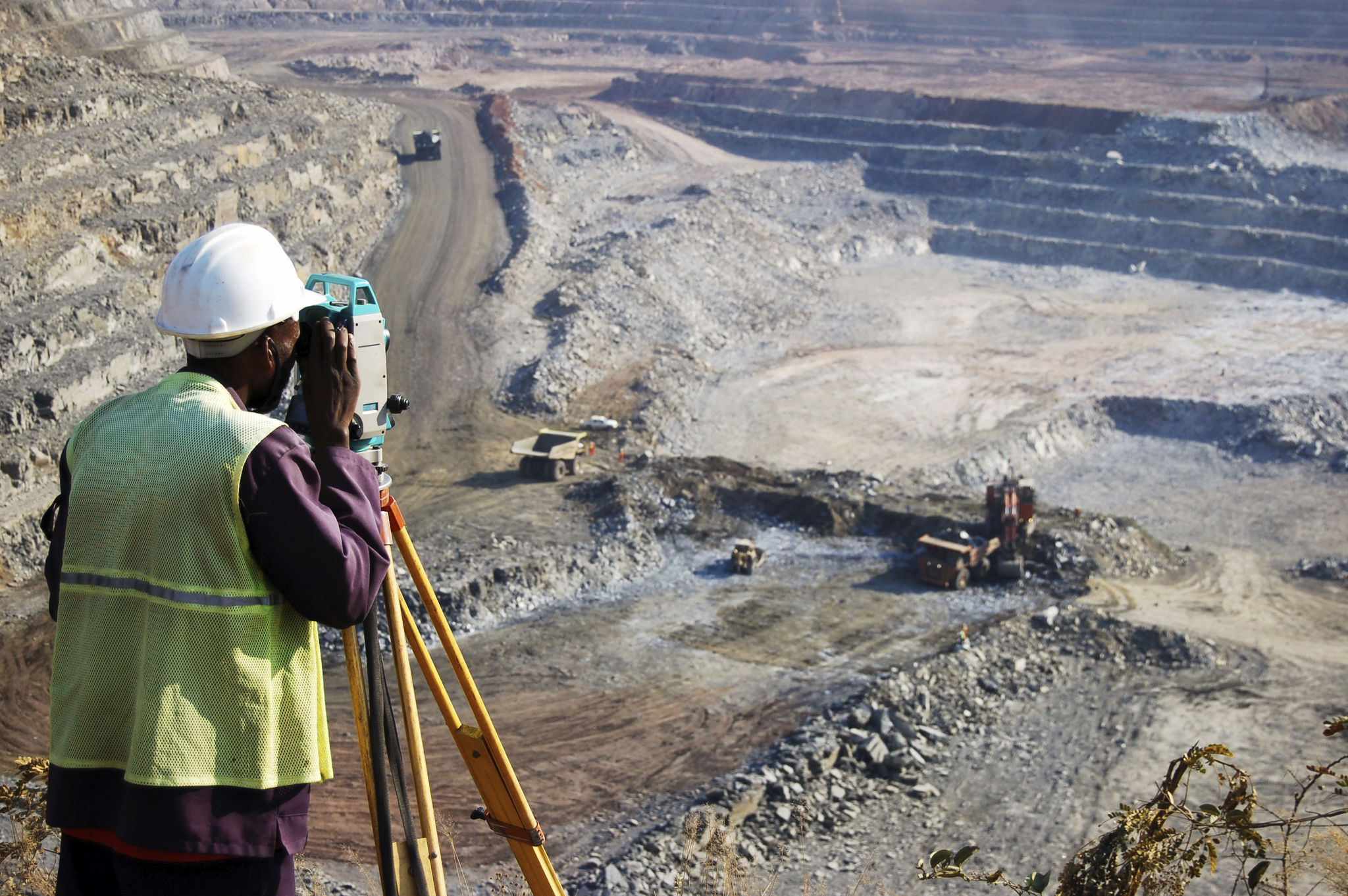How Remote Sensing Technology is Revolutionizing Mineral Exploration in Zambia
Introduction to Remote Sensing in Mineral Exploration
In recent years, Zambia has emerged as a key player in the global mining industry, thanks to its abundant mineral resources. However, the traditional methods of mineral exploration have often been time-consuming, costly, and environmentally intrusive. Enter remote sensing technology—a game-changer in the field of mineral exploration. By utilizing satellite imagery and aerial surveys, remote sensing allows for the efficient and accurate identification of potential mineral deposits from afar.

The Benefits of Remote Sensing
Remote sensing offers numerous advantages over conventional exploration techniques. Firstly, it significantly reduces the time required to identify promising areas for mineral extraction. By analyzing data collected from satellites, geologists can quickly pinpoint locations with high mineral potential. This not only expedites the exploration process but also minimizes the financial risk associated with it.
Secondly, remote sensing is less invasive to the environment compared to traditional methods that often require extensive ground-based surveys and drilling. By reducing the need for physical intrusion into ecosystems, remote sensing supports more sustainable mining practices, a crucial consideration for Zambia's rich but delicate ecosystems.
Technological Components of Remote Sensing
The effectiveness of remote sensing in mineral exploration is driven by several technological advancements. Multispectral and hyperspectral imaging allow for detailed analysis of surface materials by capturing data across different wavelengths. This data provides insights into the mineral composition of the Earth's surface, enabling geologists to make informed decisions.

Additionally, geographic information systems (GIS) play a vital role in processing and visualizing remote sensing data. GIS technology enables the integration of various data layers, such as topography and vegetation cover, to create comprehensive maps that highlight areas of interest. This holistic approach enhances the accuracy of mineral exploration efforts.
Applications in Zambia
Zambia's diverse geological landscape offers a wealth of opportunities for remote sensing technology. The country is home to significant deposits of copper, cobalt, and other valuable minerals. By leveraging remote sensing, mining companies can efficiently locate new deposits, ensuring a steady supply of resources for both local and international markets.
Moreover, remote sensing is instrumental in assessing the environmental impact of mining activities. It aids in monitoring land use changes over time, allowing stakeholders to implement measures that mitigate negative environmental effects. This is particularly important in regions where mining activities intersect with communities and natural habitats.

Future Prospects and Challenges
As technology continues to advance, the capabilities of remote sensing are expected to grow even further. Emerging technologies such as artificial intelligence and machine learning are poised to enhance data analysis processes, leading to more precise predictions and discoveries.
However, there are challenges to overcome. The initial investment in remote sensing technology can be substantial, and developing expertise in data interpretation is essential for maximizing its benefits. Yet, with continued investment and training, these hurdles can be surmounted.
Conclusion
Remote sensing technology is undeniably transforming mineral exploration in Zambia. By providing a more efficient and environmentally friendly approach to identifying mineral resources, it holds the promise of sustainable development for the country's mining industry. As Zambia embraces this technological revolution, it not only strengthens its position in the global market but also paves the way for a more responsible and prosperous future.
